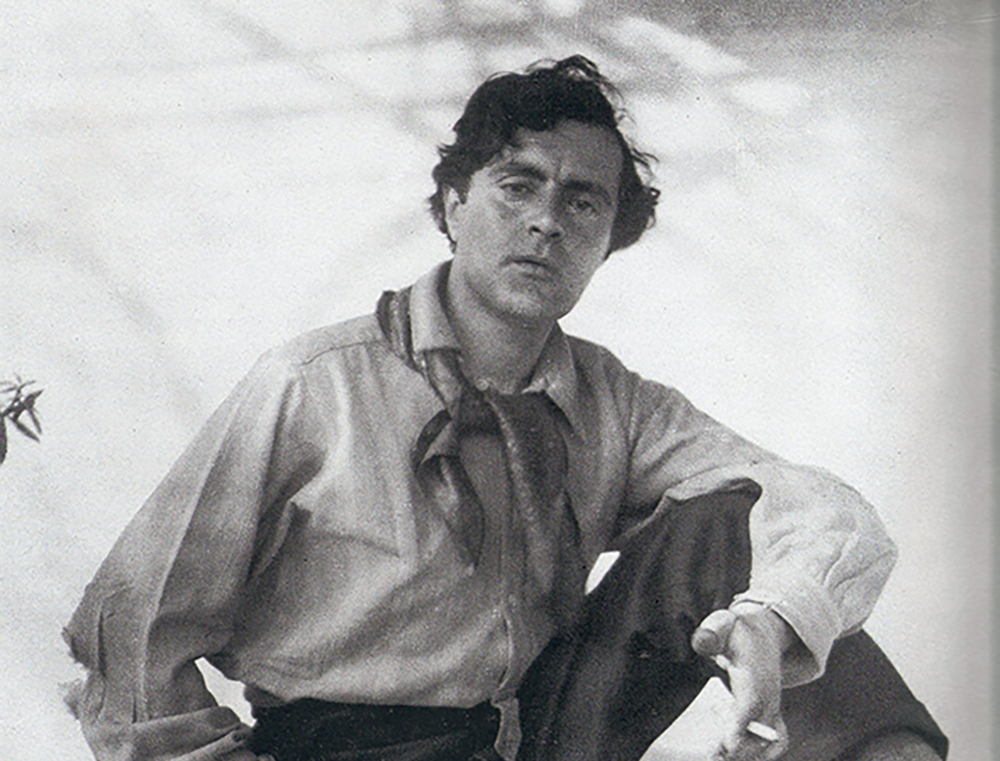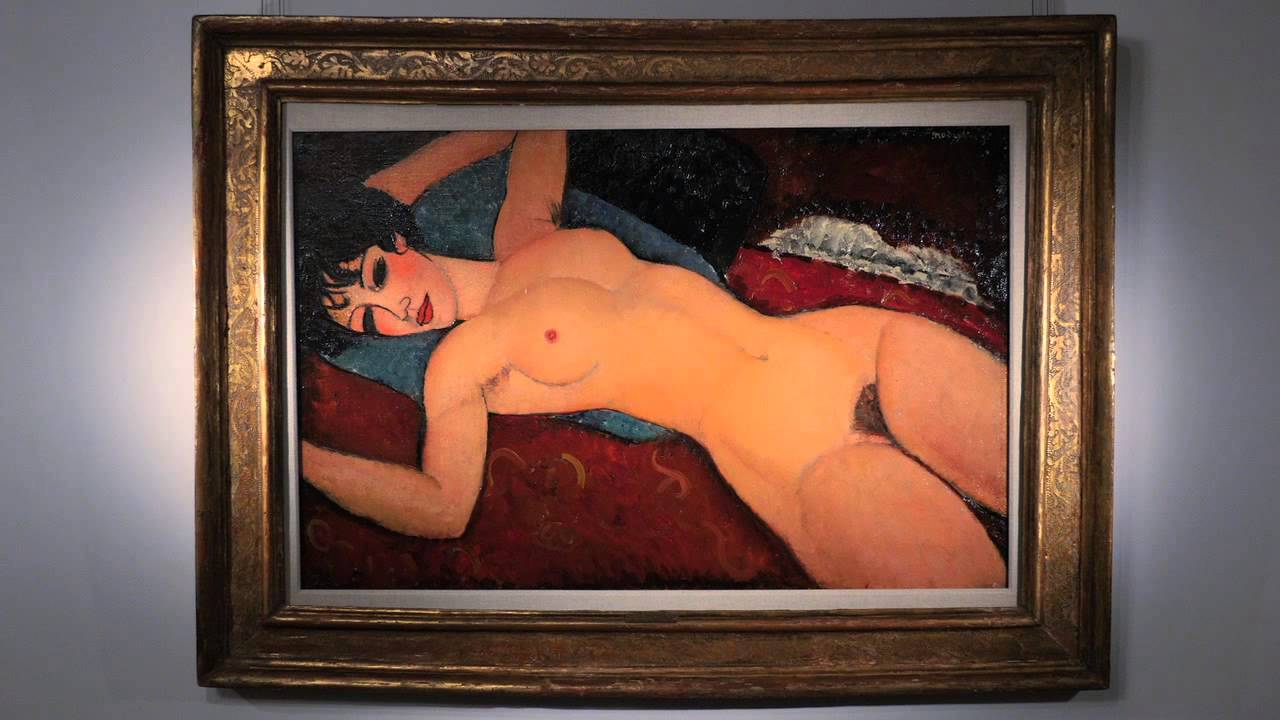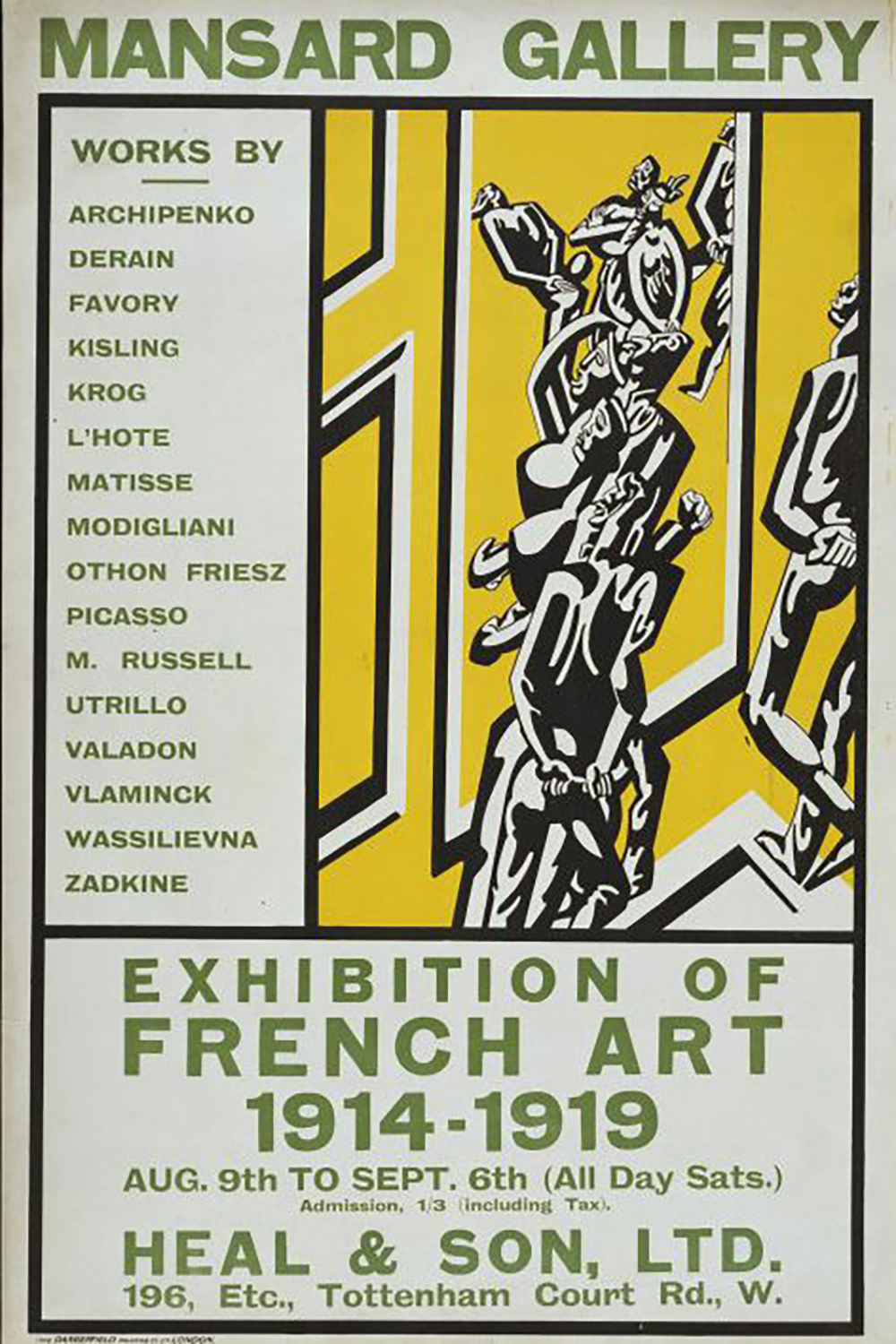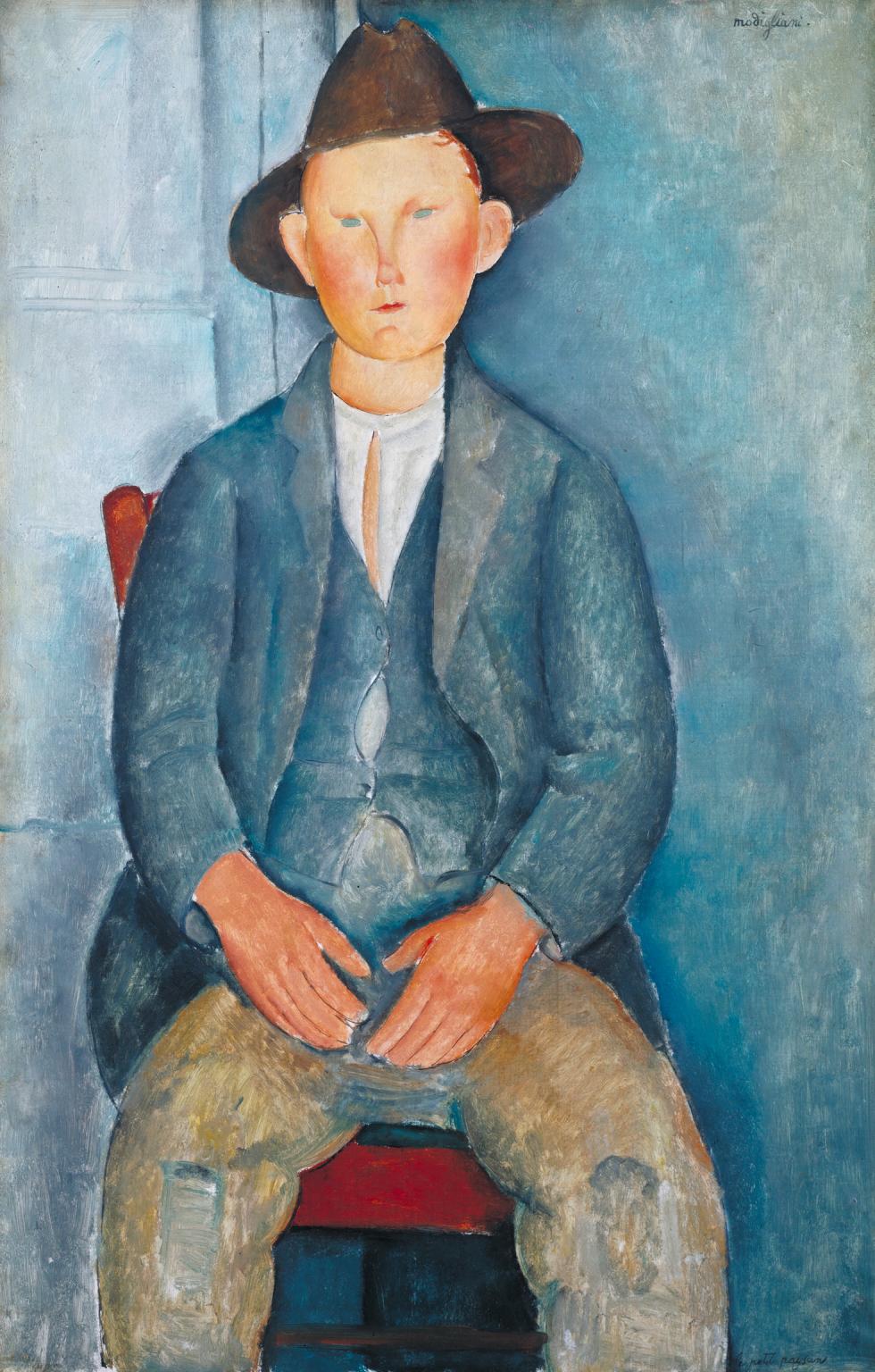
A new and exciting exhibition has come to London. The Tate Modern is staging the largest UK retrospective of Amedeo Modigliani’s work – one hundred portraits, including some of his best, painted over the 14 years that Modigliani lived in Paris.
Known for his pictorial style and elongated forms, it comes as a surprise that Modigliani met little success in his brief 35 years. Born in Italy, he packed up his easel and moved to Paris in 1906 and settled in Le Bateau-Lavoir, a commune for penniless artists in Montmartre. He transformed himself from a dapper academician artist into a sort of prince of vagabonds, his distaste for his own bourgeois upbringing growing with every passing day.
He suffered from poor health throughout his short life, which was often exacerbated by his self-destructive habits, and when he died from tuberculosis in 1920 at the age of 35, his art had never found financial success. He only ever had one solo show as an artist which was closed down by the police and labelled as ‘obscene’. His nudes were too shocking and controversial for audiences of the time.
Skip ahead a few decades and the story is much different. Described as emotionally intense and seductive, his nudes are among the best-loved paintings of the 20th century. In 2015 one of his nude paintings, Nu Couche, which depicts a reclining naked woman, sold for $170.4 million.

Nu Couche, painted in 1917-1918, sold for $170.4 million in 2015
What is lesser known is that that Modigliani actually made his UK debut at the Heal’s Tottenham Court Road store in 1919.
Sir Ambrose Heal, the then chairman of the business, had a true passion for art, design and retail. It led him to open Heal’s very own art gallery – known as The Mansard Gallery – on the fourth floor of the building in 1917. Having socialised within artistic circles for many years, Ambrose was able to use his connections to bring some of the world’s best artists to his space.
In 1919, writer and poet Sacheverell Sitwell curated the Exhibition of Modern French Art. Held at The Mansard Gallery, it brought the likes to Pablo Picasso, Henri Matisse and, of course, Amedeo Modigliani to the British public for the first time.
We still have record of the poster advertising the exhibition. Designed by William Roberts, the composition sees a group of stylised figures viewed from a high perspective set against a yellow background.

The poster advertising The Exhibition of French Art at the Mansard Gallery
Modigliani displayed Le Petit Paysan (The Little Peasant), a painting that is said to largely have been influenced by the later works of Cezanne where country workers posed centrally in the canvas and painted predominantly in blue tones.
In his preface to the exhibition’s catalogue, writer Arnold Bennett described the exhibition as ‘the first of its kind since the war, and the best of its kind since the celebrated exhibition at the Grafton Galleries many years ago.” The exhibition was widely praised by modernist critics such as Roger Fry who, upon seeing the show, commented ‘what innumerable different version, one can enjoy in this gallery!’

Le Petit Paysan (The Little Peasant) painted in 1918
Others were less impressed by the new style of paintings on show. Literary giant Evelyn Waugh later referred to the daring modern forms in his 1939 short story Work Suspended as ‘those vague assemblages of picnic litter which used to cover the walls of the Mansard Gallery in the early twenties.’
Despite the criticism, Modigliani has become one of the most cherished artists of the modernist movement. Ambrose’s championing of the struggling artist reinforces what has come to be synonymous with the beloved chairman – that he really was ahead of his time in every aspect of his life.
Modigliani is on at the Tate Modern until 2nd April 2018.
